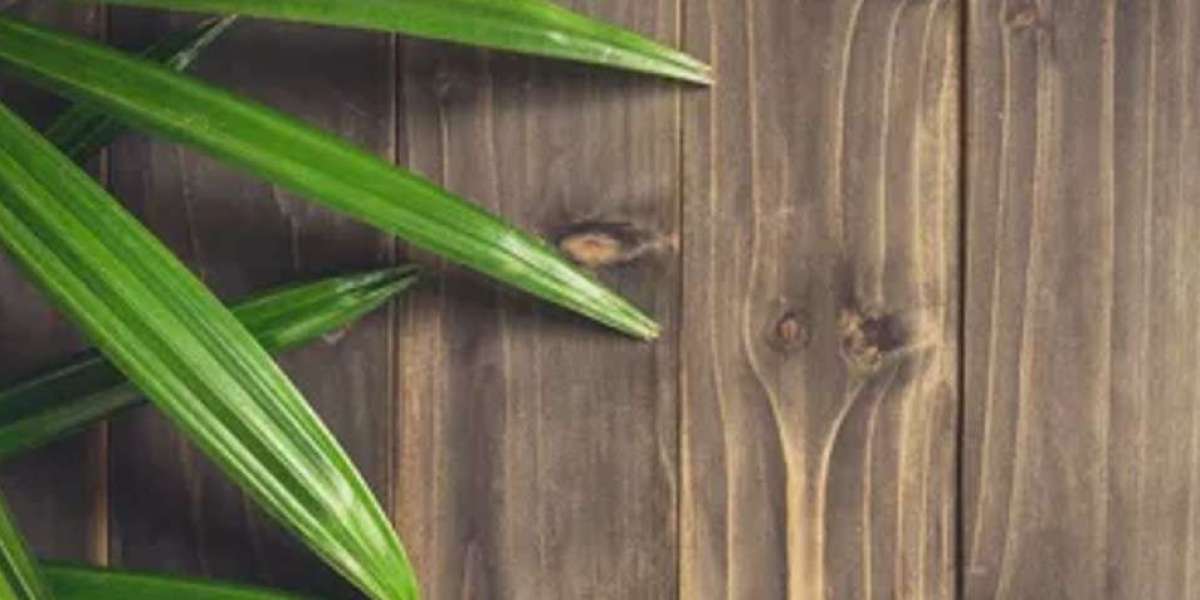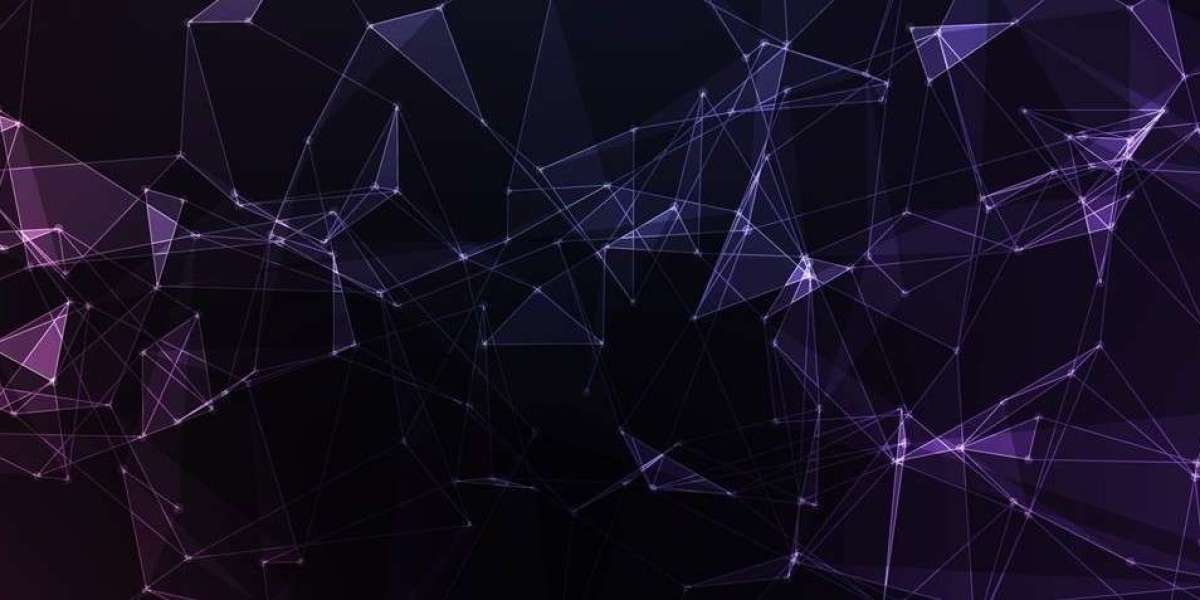Fade backgrounds refer to a design technique where the background gradually fades from one color to another or from a color to transparency. This technique adds depth and visual interest to your designs, making them stand out from the crowd.
Using fade backgrounds in your designs has several benefits. Firstly, they create a subtle and sophisticated effect that can elevate the overall aesthetic of your design. Additionally, fade backgrounds can help to guide the viewer's eye toward the focal point of the design, making it more effective.
Tips for Using Fade Backgrounds Effectively
When using fade backgrounds, there are a few tips to keep in mind to ensure that your design is effective and visually appealing:
- Choose the right colors: Select colors that complement each other and are visually pleasing. Avoid using colors that clash or create an overwhelming effect.
- Gradual transitions: Ensure that the fade effect is gradual and subtle, rather than abrupt. This creates a smooth and visually pleasing transition.
- Contrast: Use contrast to create an effective fade background. For instance, a light background fading to a darker color can create an interesting effect.
- Consider the content: Think about the content of your design and how the fade background can complement or enhance it. For example, a fade effect can work well with text, as it creates a visually interesting backdrop.
Examples of Fade Backgrounds in Design
Fade background can be used in a variety of design applications, such as websites, posters, social media graphics, and more. Here are some examples of how fade backgrounds have been used effectively in design:
- Gradient backgrounds on websites: Gradient backgrounds that fade from one color to another are a popular design trend on websites. They add depth and visual interest to the overall design.
- Textured backgrounds: Faded textures can create a unique and interesting backdrop for a design. For instance, a faded watercolor texture can add a soft and organic touch to a design.
- Photo backgrounds: Faded photo backgrounds are a popular technique for creating visually interesting graphics. By fading the background of a photo, the foreground subject can stand out and become more prominent.
Conclusion:
Fade background is a versatile and effective design technique that can be used in a variety of applications. By following some simple tips and examples, you can create visually appealing designs that stand out from the crowd. So go ahead and experiment with fade backgrounds in your next design project!








